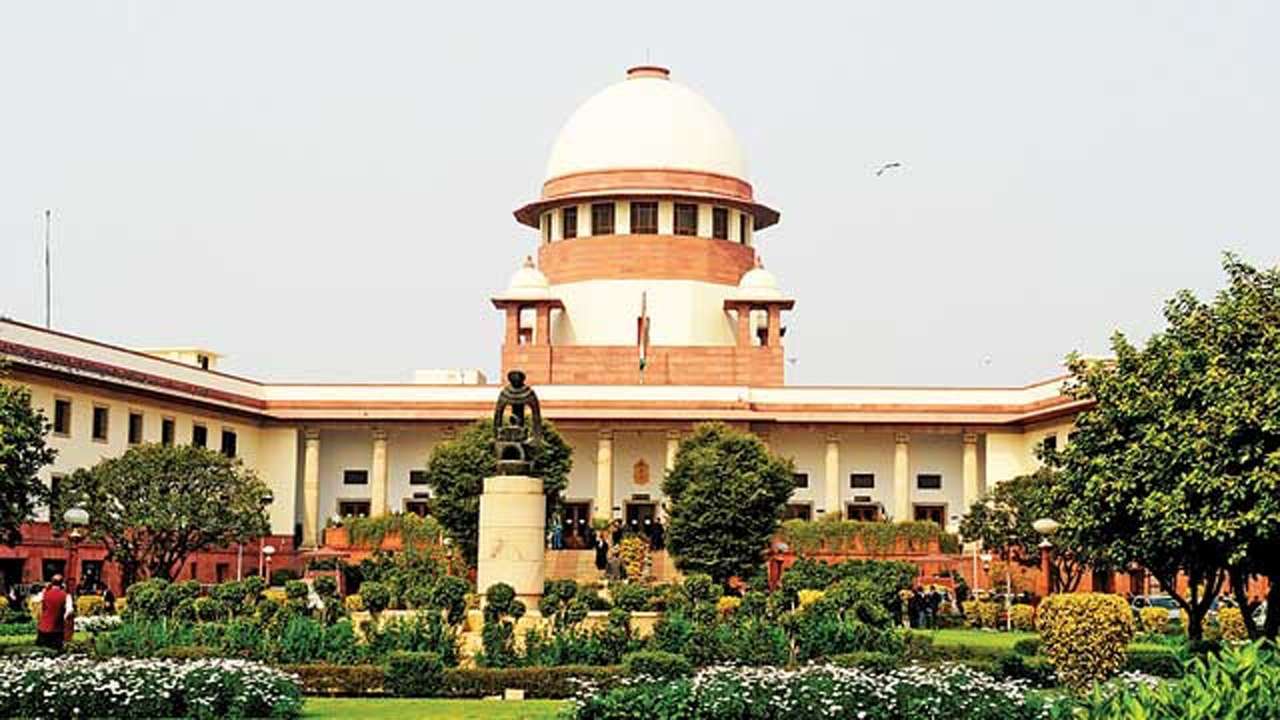Ayodhya dispute: ‘Ram can be worshipped but plot belongs to Muslims’
The Muslim parties arguing the Ayodhya title suit case submitted that both the mosque and the temple can co-exist on the disputed site.

Ayodhya title suit hearing at the Supreme Court (File Photo)
The Muslim parties arguing the Ayodhya title suit case scored a self-goal on Wednesday by submitting that both mosque and the temple can co-exist on the disputed site, as it did prior to December 1949.
Accepting the Nirmohi Akhara’s right to continue as shebait (human minister) to the idol of Lord Ram and the temple situated in Ram Chabutra in the outer courtyard of the disputed area, senior advocate Rajeev Dhavan said that they were free to continue their worship but the possession of the entire land remains with Muslims.
Turning this submission on its head, the bench comprising Chief Justice Ranjan Gogoi, Justices SA Bobde, DY Chandrachud, Ashok Bhushan and S Abdul Nazeer asked Dhavan, “If you are accepting shebaitship, you are accepting the presence of the idol. But in your claim for the title is over the entire inner and outer courtyard. If your argument is accepted, then you are necessarily giving up the claim of some area within the inner area.” They were referring to Suit No. 4 filed by the Sunni Central Waqf Board in 1961.

Dhavan countered that their claim was still maintainable as such realities exist in India. He pointed out that there are several areas where temples and mosques coexist. “The right claimed by Nirmohi Akhara is not for possession but management and charge,” he argued. “I claimed title over the entire area to be the mosque that we may coexist. Some people may come to me and say we have been praying here for a long time. So we may allow them to pray. They may have a right to pray in the Ram Chabutra and to that extent alone they can maintain their right as shebait.”
But the bench was at odds with this submission. “The right of Nirmohi Akhara as far as the deity is concerned is that of a manager,” it said, “This right is not merely an easement right but of access. The moment there is a Shebait, there is an idol. So you concede one part of the area in possession of idol.”
Dhavan clarified that Akhara has not claimed possessory rights but Shebait rights. This made the Court safely conclude, “Your case at the highest is of mutual coexistence and not of exclusive possession.”
Dhavan maintained that the deities were illegally removed from the outer courtyard and placed inside the central dome of the mosque on the night of December 22, 1949. The Akhara has never claimed that the inner courtyard was Ram Janmsthan, he added.
The Court further asked Dhavan to point out if according to Islam, a mosque can coexist with a temple as the Hindu side pointed out that according to Muslim theology, this was not possible. Dhavan said that it is for Court to decide whether Quranic law is ideal to be applied to the modern era of Anglo-Mohammadan law. The arguments will continue on Thursday.